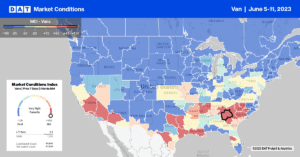
Dry Van Report: Interstate truckload capacity continues to exit the market
Since last October, the truckload sector has seen more carriers leave the industry than join. Since 2014 DAT Freight &

Since last October, the truckload sector has seen more carriers leave the industry than join. Since 2014 DAT Freight &
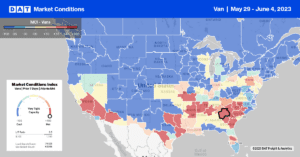
The American Trucking Association’s advanced seasonally adjusted (SA) For-Hire Truck Tonnage Index fell 1.7% in April after decreasing 2.8% in
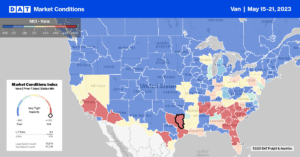
The Spring 2023 Semiannual Economic Forecast by the Institute for Supply Management (ISM) forecasts the U.S. economy will continue to
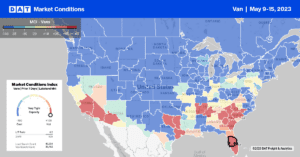
For at least the last 12 months, we’ve been seeing a much stronger spot market in the Southwest.
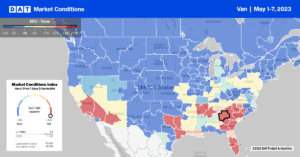
About 84% of U.S. adults are expected to spend a record $35.7 billion this coming Mother’s Day, representing an increase
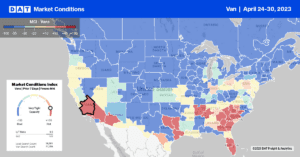
U.S. single-family homebuilding increased for a second straight month in March, following a 3.36% sequential gain. According to the U.S.
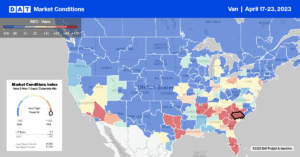
The March reading of The Cass Freight Index shipments component fell 1.0% m/m in March as freight markets continue to
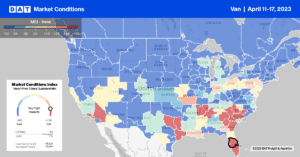
The February 2023 reading of the for-hire trucking ton-mile seasonally adjusted index produced by Yemisi Bolumole and Jason Miller at
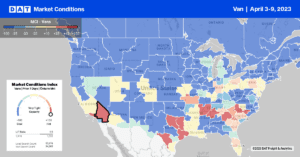
The March Logistics Managers’ Index (LMI) came in at 51.1, down -3.6 from February and the lowest reading for the
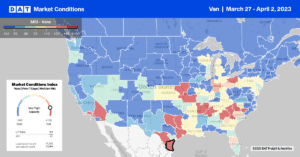
The alcohol industry produces an estimated 20,000 truckload equivalents each week, hauled mainly by truckload carriers, but it has yet
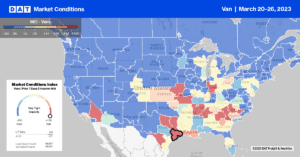
For some time now, we’ve been wondering if and when Class 1 railroads will take advantage of the shift in
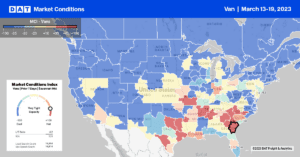
The February Logistics Managers Index (LMI) came in at 54.7 in February, down (-2.9) from January’s reading of 57.6. While